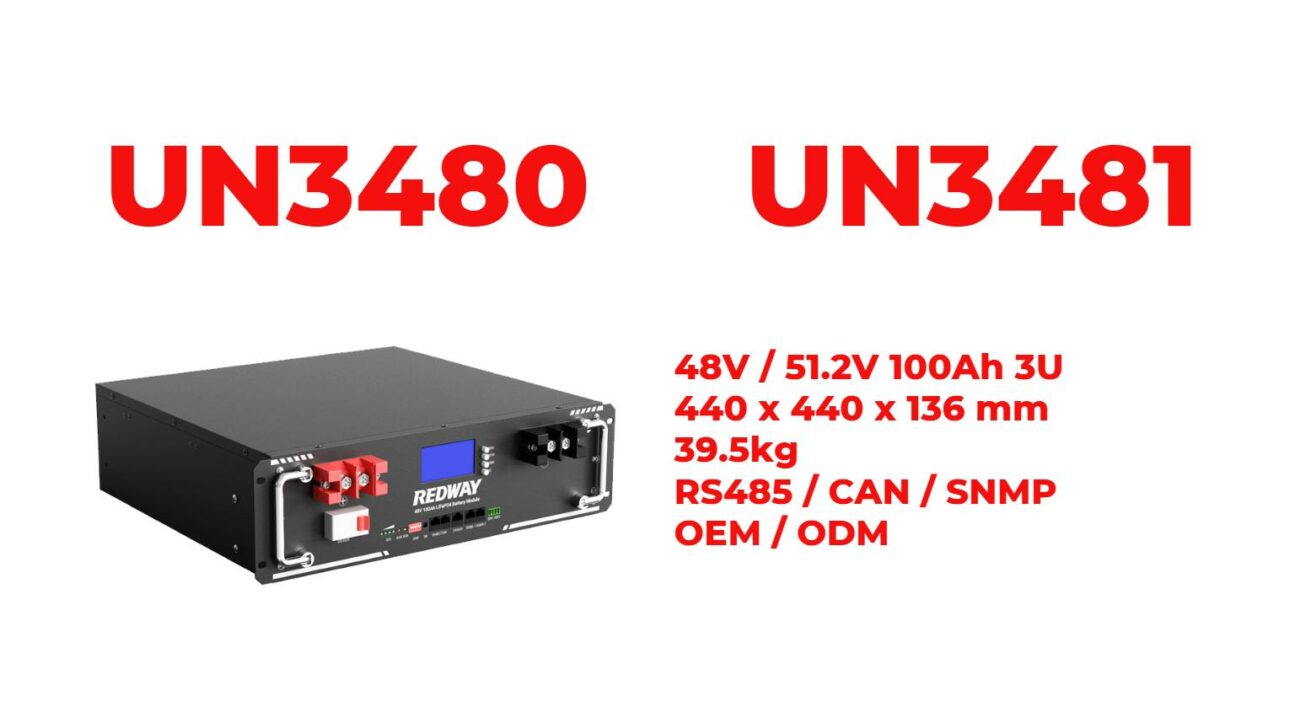Can Lithium Batteries Be in the Heat?
Lithium batteries can be adversely affected by high temperatures, leading to potential safety hazards and reduced performance. While they can operate in warm conditions, it’s crucial to maintain them within recommended temperature ranges to ensure safety and longevity. Understanding how heat impacts lithium batteries helps users make informed decisions about their usage and storage.
What happens to lithium batteries in high temperatures?
When exposed to high temperatures, lithium batteries undergo several detrimental changes:
- Increased Chemical Reactions: Elevated temperatures accelerate chemical reactions within the battery, which can lead to faster degradation of internal components.
- Thermal Runaway: If a battery overheats beyond its safe limits, it may enter a state known as thermal runaway, where the internal temperature rises uncontrollably, potentially resulting in fires or explosions.
- Loss of Capacity: Prolonged exposure to high heat can cause a permanent reduction in battery capacity, meaning it will hold less charge over time.
High Temperature Effects Chart
| Effect | Description |
|---|---|
| Increased Reactions | Accelerated degradation of battery components |
| Thermal Runaway | Risk of fire or explosion due to overheating |
| Loss of Capacity | Permanent reduction in battery charge retention |
Can you use lithium batteries in hot conditions?
Yes, you can use lithium batteries in warm conditions, but there are limitations. Most manufacturers recommend operating within a temperature range of 0°C to 45°C (32°F to 113°F). Using lithium batteries above this range can lead to performance issues and safety hazards. For optimal performance, avoid exposing them to direct sunlight or extreme heat sources.Usage Temperature Guidelines Chart
| Temperature Range | Recommendation |
|---|---|
| Below 0°C | Avoid usage; risk of damage |
| 0°C to 45°C | Safe for operation |
| Above 45°C | Avoid usage; risk of overheating |
What are the optimal temperature ranges for lithium batteries?
The optimal temperature range for most lithium-ion batteries is typically between 20°C and 25°C (68°F and 77°F). Operating within this range helps maintain performance and prolongs battery life. Extreme temperatures—both hot and cold—can negatively impact the efficiency and lifespan of the battery.Optimal Temperature Range Chart
| Temperature Condition | Effect on Battery Performance |
|---|---|
| 20°C to 25°C | Optimal performance and longevity |
| Below 0°C | Reduced capacity and efficiency |
| Above 45°C | Increased risk of thermal runaway |
What precautions should be taken with lithium batteries in heat?
To ensure safe usage of lithium batteries in warm conditions, consider these precautions:
- Avoid Direct Sunlight: Keep batteries out of direct sunlight and hot environments.
- Monitor Temperature: Regularly check the temperature of the battery during use; if it feels excessively hot, discontinue use.
- Store Properly: Store batteries in a cool, dry place when not in use, ideally at room temperature.
- Use Cooling Systems: In applications like electric vehicles, consider using thermal management systems to regulate battery temperature.
Safety Precautions Chart
| Precaution | Description |
|---|---|
| Avoid Direct Sunlight | Prevents excessive heating |
| Monitor Temperature | Check regularly during operation |
| Store Properly | Keep at room temperature when not in use |
| Use Cooling Systems | Regulate temperature during heavy usage |
How can you prevent overheating in lithium batteries?
Preventing overheating is essential for maintaining battery safety and performance:
- Charge at Recommended Temperatures: Always charge within the manufacturer’s specified temperature range.
- Use Quality Chargers: Ensure that chargers are compatible with your battery type to prevent overcharging.
- Limit High Drain Usage: Avoid using devices that draw excessive power continuously; this can lead to increased heat generation.
- Regular Maintenance: Inspect for any signs of damage or wear that could lead to overheating.
Overheating Prevention Chart
| Prevention Method | Description |
|---|---|
| Charge at Recommended Temperatures | Follow guidelines for safe charging |
| Use Quality Chargers | Prevents overcharging issues |
| Limit High Drain Usage | Reduces heat generation |
| Regular Maintenance | Ensures safe operation |
Frequently Asked Questions
- Can I use my lithium battery if it’s hot?
Yes, but avoid using it if it exceeds safe temperature limits (above 45°C) as it may pose safety risks. - What should I do if my lithium battery gets too hot?
Disconnect it from any devices or chargers and allow it to cool down naturally in a shaded area. - How do I store my lithium batteries safely?
Store them in a cool, dry place away from direct sunlight and extreme temperatures.
Industrial News
Recent advancements in battery technology have focused on improving thermal management systems for lithium-ion batteries. Manufacturers are developing smarter solutions that actively monitor and regulate temperatures during charging and discharging cycles. These innovations aim to enhance safety, efficiency, and longevity across various applications, including consumer electronics and electric vehicles.
Expert Views
“Understanding how temperature affects lithium-ion batteries is crucial for safe operation,” states an energy storage expert. “By following proper handling guidelines and being aware of thermal conditions, users can significantly reduce risks associated with overheating.” This highlights the importance of informed practices when using advanced energy storage technologies.

